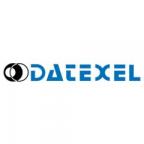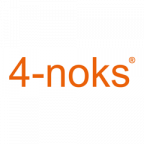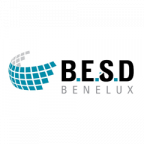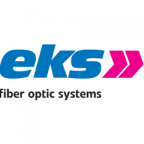Serial Data Communication
Serial data communication is an essential part of modern information technology and automation systems. It makes it possible to send and receive data between different devices or systems through a sequential data transfer, where bits are sent one after the other.
The conversion from serial protocols such as RS232 or RS485 to other formats such as Ethernet, USB, M-bus or Modbus is often done using serial converters to connect different devices and networks. RS232 and RS485 are two widely used serial communication standards. RS232 is a unidirectional (point-to-point) protocol commonly used for connecting computers to peripheral devices such as modems and printers. RS485, on the other hand, is a bi-directional (point-to-multipoint) protocol commonly used in industrial automation for connecting multiple devices over long distances. Serial converters are devices that can convert RS232 or RS485 signals to other forms of communication, such as Ethernet, USB, M-bus or Modbus.
A brief overview of some common applications:
- Ethernet: By converting RS232/RS485 data to Ethernet, devices can be easily integrated into local networks or the Internet, enabling remote access and monitoring.
- USB: Serial to USB converters make it easy to connect data from serial devices directly to a computer through a USB port, without the need for dedicated serial ports.
- M-bus: M-bus converters are useful in applications for reading energy meters and other smart devices, where M-bus is the standard for communication.
- Modbus: Converting to Modbus protocols allows devices to be connected to industrial automation systems, enabling seamless integration and data exchange.
Serial converters provide flexibility and interoperability in complex technical environments. They facilitate the integration of legacy devices into modern networks and allow data to be exchanged between different systems in a standardized way, which is critical in many industrial and IT applications.
These converters are crucial to allow different sensors and actuators to communicate with each other in an automated system. They also provide flexibility in customizing the scale and units of the measured variables, allowing engineers and operators to interpret and use the data as needed.
Basically, 4-20mA and 0-10V are commonly used analog signal formats in the industry, and temperature and signal converters are the links that help integrate and communicate these signals in complex systems, enabling accurate measurement and control.





